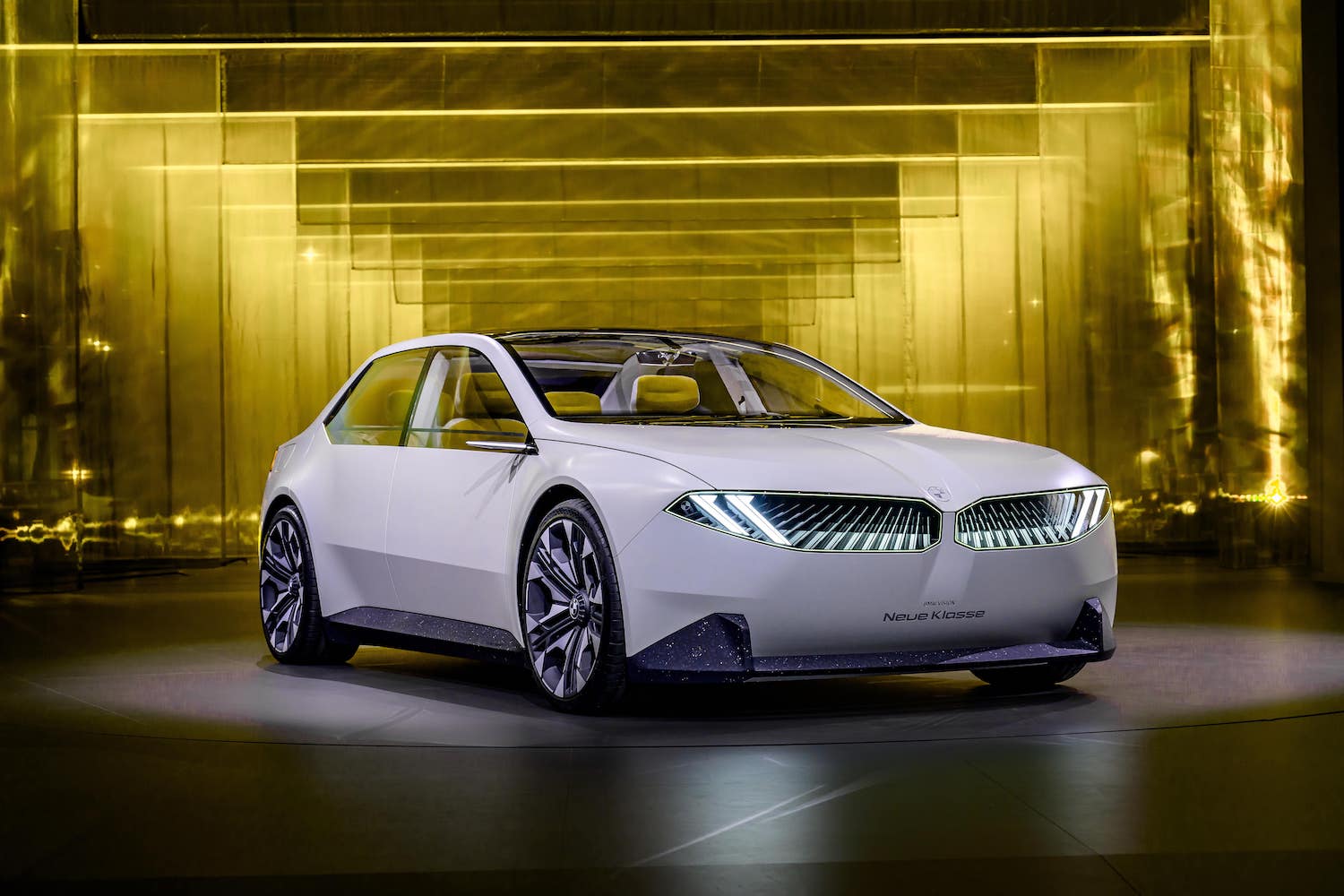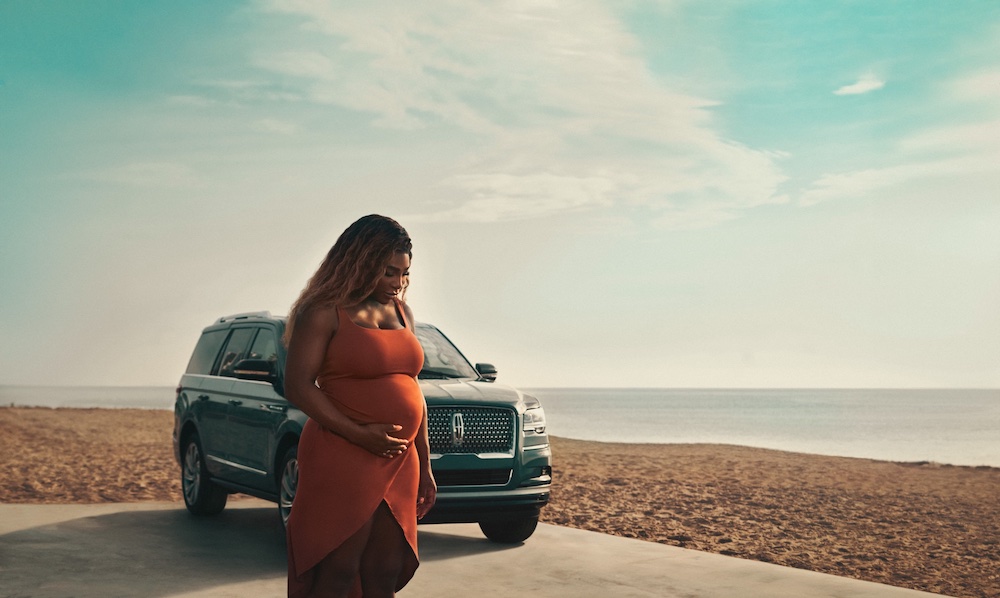On February 4, 1922, Henry Ford and the Ford Motor Company purchased The Lincoln Motor Company from the inventor and automotive engineer Henry Leland. Since this monumental transaction one hundred years ago, an American luxury brand has evolved, pioneering innovations and technological advancements from center-opening coach doors and electric gauges to keyless entry and symphonic chimes. Today, the brand is continuing to push the boundaries of automotive design by introducing elegant products and services around the globe.
“We are at a defining moment in our history,” said Joy Falotico, the President of Lincoln. “We look back at Lincoln’s past and find inspiration for the future and, to reflect on what we have accomplished—maintaining a balance between the brand’s core values and redefining our vehicle and experiences for the next generation of luxury clients. The timing of our one-hundredth anniversary couldn’t be more ideal as we shift to an electrified future, and I look forward to shepherding the brand into the next 100 years.”

Edsel Ford’s 1951 Continental was selected by MoMA for an exhibit on eight design classics, courtesy of Lincoln.
For its centennial celebration this year, Lincoln is focused on expanding and improving its vehicles, services, and client experiences. First, Lincoln is kicking off a yearlong series of global events in 100 of its stores to connect the past, present, and future. It is launching an updated Navigator style with new features, including ActiveGlide hands-free driver-assist technology, and is focused on advancing its Quiet Flight DNA. And within the next decade, by 2030, Lincoln is dedicated to having a full portfolio of connected and electrified vehicles.
“With classic style, form and function that became the hallmark of the brand, there’s something very special about Lincoln,” said Jim Farley, the President and CEO of Ford. “And as we move toward an electric future with connected technologies and always-on experiences, I am so excited to see where the brand will go in China and North America as it begins its second century.”
To learn more about Lincoln’s centennial celebration, the brand’s role in the automotive industry, and their personal relationships to cars, sustainability, and luxury, Whitewall spoke with the brand’s Global Design Director Kemal Curic and its Chief Designer Robert Gelardi.
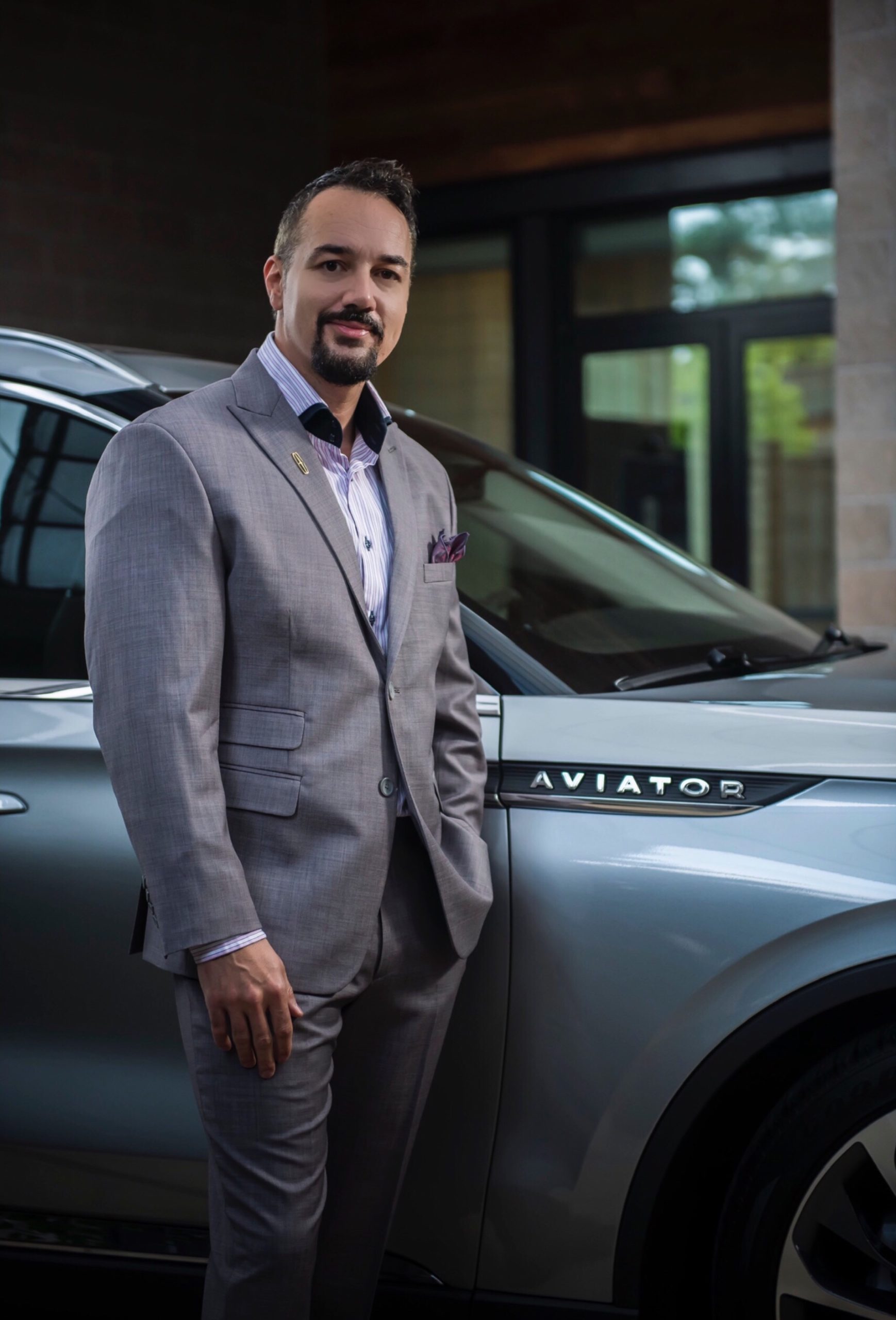
Kemal Curic, courtesy of Lincoln.
WHITEWALL: This year, Lincoln is celebrating its 100th anniversary. What can we expect?
KEMAL CURIC: Expect the unexpected. There’s no better time to look ahead at our electrified future while we also celebrate our rich past and heritage. You can expect even more excitement around brand DNA Quiet Flight and the Sanctuary of our interiors. Electrification will empower our designers and engineers to think very differently than in past and we look forward to sharing more on this soon.
WW: What specific parts of the brand’s heritage inspire you?
KC: There are many aspects of the brand I personally love and connect with – the warm, human touches, its symbolism for progressive, American luxury that has always been ahead of its time, and the great team spearheading the luxury mark with our current president Joy Falotico. In the past, Lincoln was the brand of choice for traveling in style – you always arrived in a Lincoln with exuberant interiors and exteriors showcasing the very best of craftsmanship.
Lincoln was the vehicle of choice for presidents, film stars, and celebrities. The finest that America has to offer. The most beautiful vehicles ever made in the past century are credited to Lincoln. This idea of bespoke American luxury travel is what the world always expected from a Lincoln and all the amenities at your disposal, effortless, calm, never aggressive, confident, and sensual.
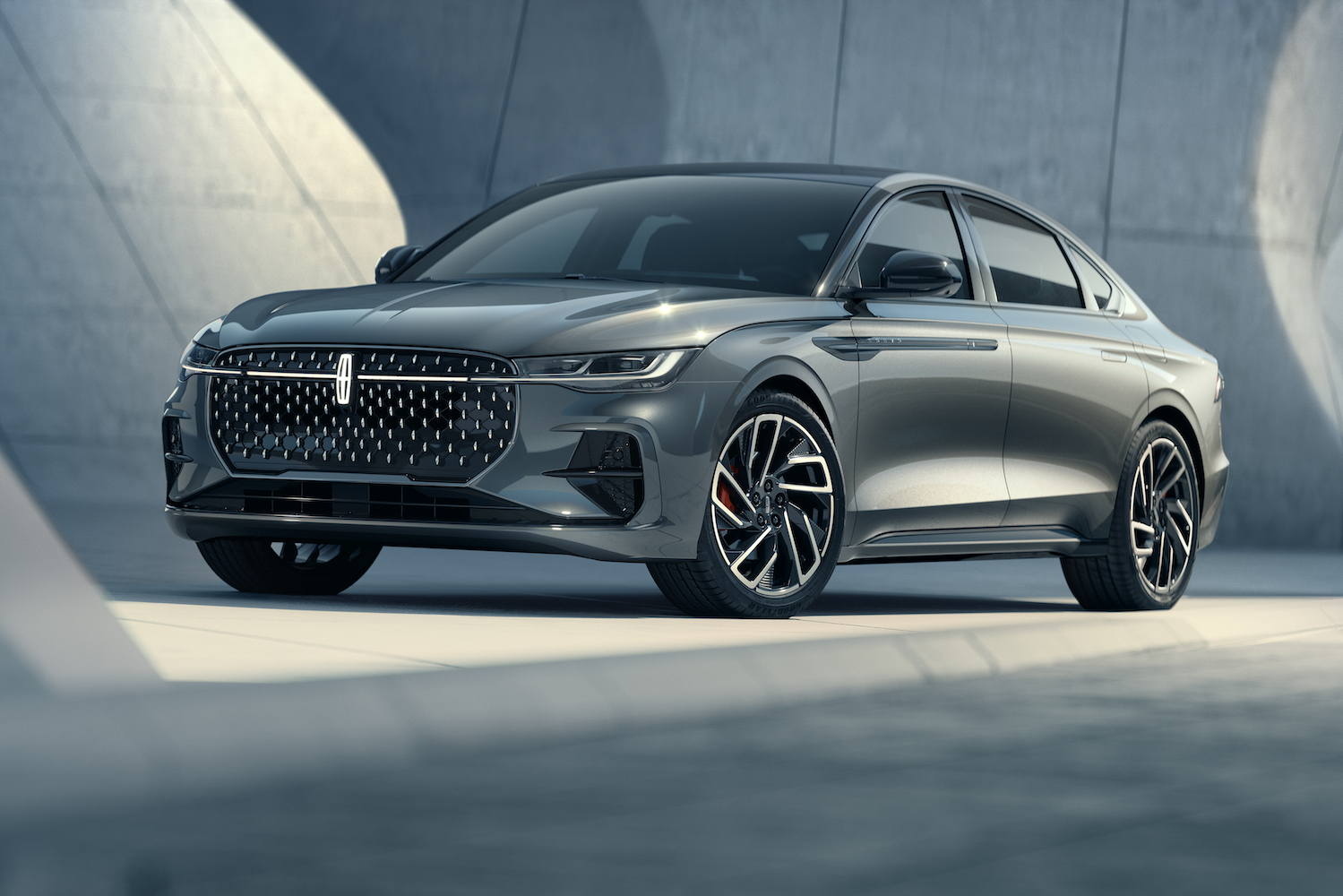
Lincoln introduces the first locally produced sedan in China (the Lincoln Zephyr) for the China market at Auto Guangzhou, courtesy of Lincoln.
WW: In the past century, technology has completely changed the way we work, live, and commute. What are some special technological features that Lincoln offers in its vehicles that may surprise outsiders?
KC: It’s the human touches, the unexpected finesse. Thoughtfully designed around the person to make your travel and life more enjoyable… a little more effortless. From the minute you walk up to your Lincoln, the vehicle embraces you. It greets you. We like to awaken your five senses, beautiful and alluring at the first sight, we spend a tremendous time crafting those experiences in perfect symbiosis to your wellbeing. A sense of rejuvenated travel is one of the key tenets for our brand, making every moment you spend in your vehicle memorable. It becomes more than just traveling from point A to B, it’s the pure pleasure of arriving in your Lincoln, that’s what makes us unique and who we are today.
WW: How are you looking at the long-term vision of Lincoln as a luxury brand?
KC: We certainly embrace the new connected, digital era. Electrification will enable some quite unique ideas about how we think about our interiors, the cabin and how we travel in the future. There is a whole new space we can work with now, the freedom to create for our clients. I’m personally very excited for the next generation of electrified and connected vehicles that will be able to amplify the experiences we are dreaming of today.

New Navigator Concept design was inspired by luxury sailboats and yachts, from the clean, modern lines, to the Storm Blue exterior paint to the teak finishes and custom gear found inside.
WW: What efforts does the brand have today to become more sustainable?
KC: From a sustainability standpoint, we are always striving to give our clients a perfect balance of luxurious materials. Materials like real, reclaimed wood not only feel and look good but it’s great for the environment. We will have some great technology to enable us to create some very intriguing tactile materials that are premium and of high quality. The new luxury will be not about wasting our precious resources, but quite the opposite. This a very important aspect of our business.
WW: You’ve been interested in American cars since you were a kid growing up in Germany and Croatia. What cars caught your eye first?
KC: Certainly, the American cars, outstanding, are the 1965–1970s Mustangs as my all-time favorite to this day. I remember when I saw one for the first time in the wild, it was like a unicorn sighting, it would shake the ground. The Lincoln’s Continental with his coach door is another one, breathtaking exuberant proportions, meticulous quality.
It was a lifetime opportunity for me to win a global competition and pen the 50th year of the Mustang working with some of the greatest people in the industry. I remember Jim Farley our CEO today; he would come every day to the studio reminding us we can’t mess this one up. His coaching to me was crucial and inspiring in my career to this day, “Attention to detail is how it operates, how it feels, everything is purposeful and authentic “all those learnings we will apply to the next generation of electrified vehicles.
Can you imagine how it feels when we are at beginning of a time when we are creating these intelligent automobiles from a white sheet of paper? This is the best time in the industry for decades—a total game-changer.
WW: What are you working on now/next?
KC: More to come on what’s next for Lincoln. Stay tuned as it will be a paradigm shift, true to the brand vision executed in a very different way, but one that is uniquely Lincoln.

Robert Gelardi, courtesy of Lincoln.
WW: Robert, you re-joined Lincoln last March after serving as design manager on the all-new Ford Bronco. How has your time at Lincoln been so far? Anything that’s inspiring you about the brand’s 100-year history?
ROBERT GELARDI: I’ve been fortunate enough to have worked on many iconic brands like Bronco, Mustang, and Continental. Before Bronco, I spent four years in Lincoln bringing our Quiet Flight DNA—beauty, human, gliding, sanctuary—to life through design and the exceptional awarded portfolio we have in our Lincoln showrooms and boutiques around the world. Coming back to Lincoln Design in March 2020 was like coming back home, and it was an asset as we transitioned to working remotely toward our next generation of Lincoln products and commemorating our centennial. Lincoln is an iconic brand, and I feel very fortunate to be here during this 100-year milestone as we transition to our future.
WW: How would you describe the typical aesthetic of the inside of a Lincoln?
RG: I like to refer to the interior as “room with furniture” – this really takes vehicle interior design away from just focusing on the instrument panel to the entire space and its architectural connection to the exterior. Like the exterior, beautiful proportions with a distinct horizontal emphasis, executed with the highest level of craftsmanship in the most premium materials are the core building blocks of our interior aesthetic vision.
WW: How do you typically approach a new project? What’s a starting point?
RG: Lincoln is all about bringing our clients a unique experience, so we start with them. Very much like architecture, what is the site we are building on? How will the clients use the space, how will they interact? Then we construct the space and the experiences around them.
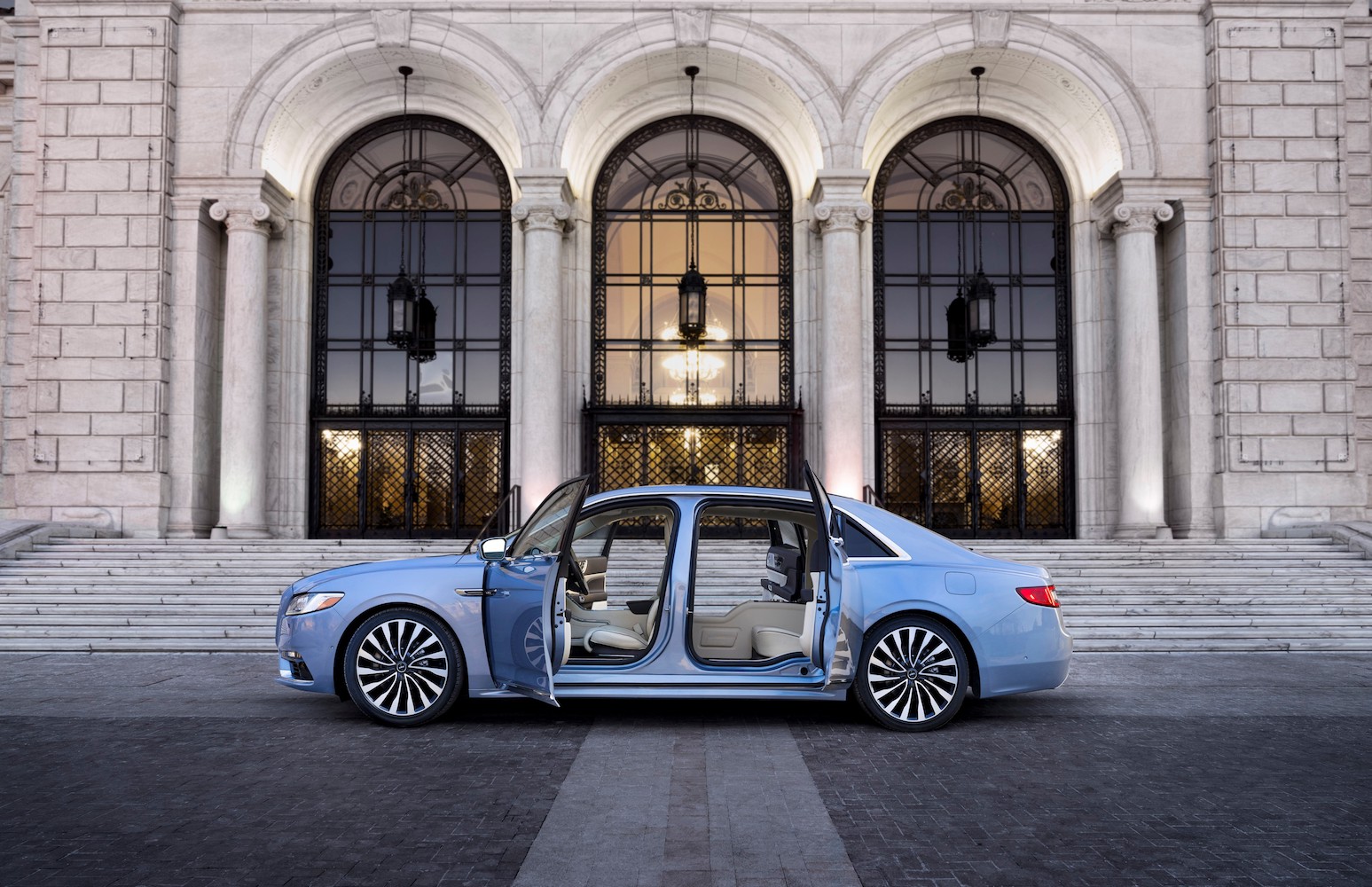
2018 – Lincoln celebrates the 80th anniversary of Continental by introducing the Coach Door Edition; the all-new Aviator, mid-size, three-row SUV is debuted at New York international Auto Show; unique chimes are recorded with the Detroit Symphony Orchestra to provide musical alerts for drivers on the Aviator
WW: Has there been a significant challenge with auto interior design that you’ve turned into a strength at Lincoln?
RG: Vehicle interiors are incredibly complex—with many considerations not only in terms of aesthetics, materials, but also controls, information input and output, and both physical and mental comfort. So many inputs can often make the combinations murky. However, as I mentioned previously, we always design with our clients in mind.
By adhering to our Quiet Flight guide rails, we have not only been able to ensure the composition feels integrated and considered, but also that the client experience is calm, relaxing, and rejuvenating. This is especially important as digital technology is taking a larger role in the occupant space. Creating overt assertions of technology for technology’s sake would interrupt the core brand experience we craft for our clients.
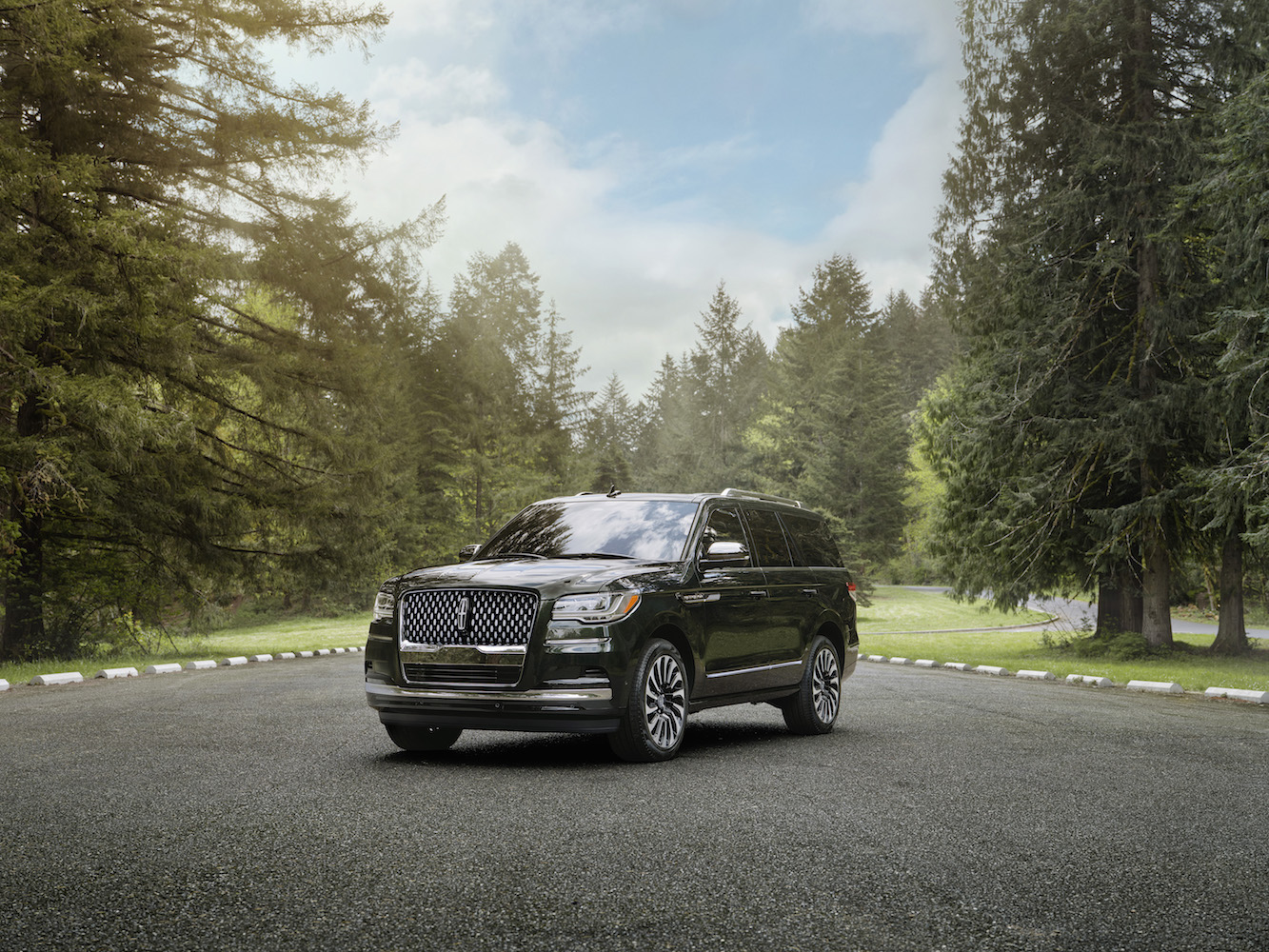
2020 – Lincoln Aviator hits retailers with advanced capabilities and effortless power, introduces Phone As A Key, Air Glide Suspension that enables several preset ride heights for increased comfort and capability and Auto Air Refresh for China market; Grand Touring Plug-in Hybrid offered on both Aviator and Corsair
WW: What decisions do you typically have to make to ensure the interior “matches” the exterior?
RG: Our clients don’t buy an interior and an exterior. They view our vehicle as a cohesive product—it all must work together. Many of our design team, including myself, have varied experiences in exterior, interior, product, digital and other aspects of design, which we consider a real strength. As I mentioned earlier, we start with the clients and build the walls of the room around them. These walls have an inside and an outside—but it’s still a single wall. This requires lockstep coordination between interior and exterior teams.
But our great design leadership from our Global Design Director Kemal Curic and Chief Creative Officer Anthony Lo means we are always one team working toward the same vision. Thus, I like to refer to us as “Lincoln Design” versus interior or exterior. We are all together delivering one cohesive luxury product.
WW: What are you working on now/next?
RG: While we can’t discuss any future product plans, I will say the transformation to battery electric vehicles will further evolve and strengthen sanctuary and wellbeing for our clients. Stay tuned!




